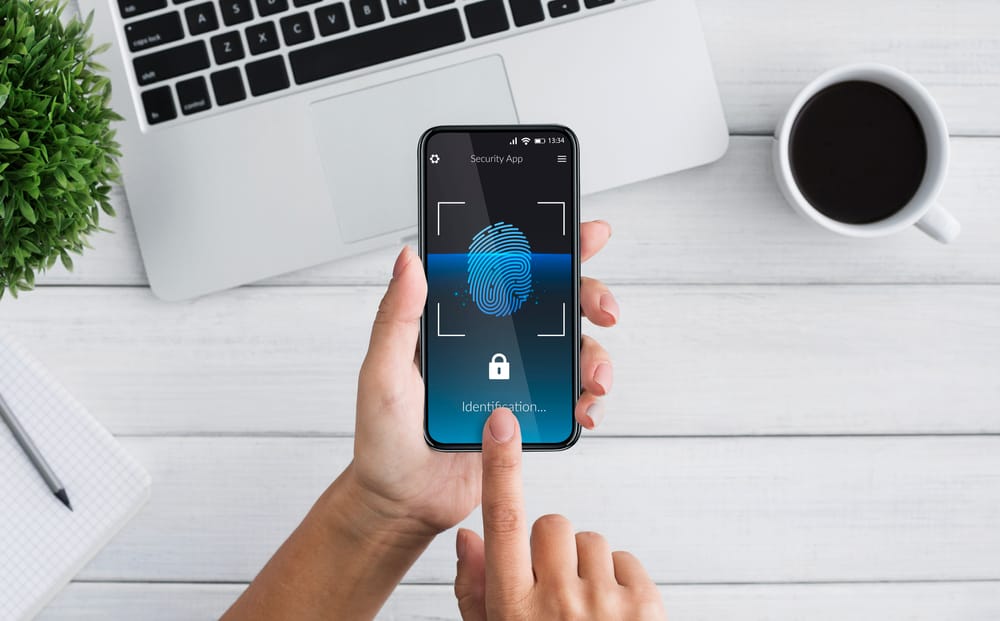
Anti-Fraud Technology: Tools and Techniques
Fraud is a pervasive issue that affects businesses and individuals worldwide. To combat fraud effectively, organizations are increasingly relying on advanced anti-fraud technologies. This article explores the latest tools and techniques in anti-fraud technology, highlighting how they help detect and prevent fraudulent activities.
Key Anti-Fraud Technologies
1. Artificial Intelligence (AI) and Machine Learning
Description: AI and machine learning algorithms analyze vast amounts of data to identify patterns and anomalies that may indicate fraud.
How It Works:
- Data Analysis: AI systems analyze transactional data, customer behavior, and other relevant information.
- Pattern Recognition: Machine learning models detect unusual patterns and flag them for further investigation.
- Predictive Analytics: These models predict potential fraudulent activities based on historical data.
Benefits:
- Efficiency: Automates data analysis, reducing the burden on human analysts.
- Accuracy: Enhances the accuracy of detecting fraud by minimizing human error.
- Proactive Prevention: Identifies potential threats before they result in significant losses.
2. Behavioral Analytics
Description: Behavioral analytics examines user behavior to detect anomalies that may indicate fraudulent activities.
How It Works:
- Data Collection: Collects data on user behavior, such as login times, transaction patterns, and device usage.
- Behavioral Profiling: Creates profiles of normal user behavior.
- Anomaly Detection: Flags deviations from normal behavior for further investigation.
Benefits:
- Early Detection: Identifies fraudulent activities at an early stage.
- Reduced False Positives: Differentiates between legitimate and suspicious activities more accurately.
- Enhanced Security: Strengthens overall security by continuously monitoring user behavior.
3. Biometric Authentication
Description: Biometric authentication uses unique biological traits, such as fingerprints, facial recognition, and iris scans, to verify identities.
How It Works:
- Biometric Data Capture: Captures and stores biometric data during user registration.
- Verification Process: Compares the captured data against stored biometric information during transactions.
- Continuous Monitoring: Uses biometric data for ongoing verification and monitoring.
Benefits:
- Security: Provides a high level of security by using unique biological traits.
- User Convenience: Simplifies the authentication process for users.
- Fraud Prevention: Reduces the risk of identity theft and fraudulent activities.
4. Multi-Factor Authentication (MFA)
Description: MFA requires users to provide multiple forms of identification to verify their identity.
How It Works:
- Combination of Factors: Uses a combination of something the user knows (password), something the user has (security token), and something the user is (biometric data).
- Verification Steps: Requires users to complete multiple verification steps before granting access.
- Adaptive Authentication: Adjusts the level of authentication required based on the risk level of the transaction.
Benefits:
- Increased Security: Provides multiple layers of security to protect against fraud.
- Flexibility: Adapts to different levels of risk, providing a balance between security and user convenience.
- Reduced Fraud: Significantly lowers the likelihood of unauthorized access.
Case Studies: Successful Implementation of Anti-Fraud Technologies
1. AI in E-Commerce Fraud Detection
Example: An e-commerce platform implemented an AI-powered fraud detection system that reduced chargebacks by 70% and improved customer trust.
2. Behavioral Analytics in Online Banking
Example: A major bank used behavioral analytics to detect and prevent account takeover fraud, reducing incidents by 60%.
3. Biometric Authentication in Mobile Payments
Example: A mobile payment provider adopted fingerprint scanning for authentication, enhancing security and simplifying the user experience.
Anti-fraud technologies are essential tools in the fight against fraud. AI, behavioral analytics, biometric authentication, and multi-factor authentication are just a few of the advanced solutions that help detect and prevent fraudulent activities. By leveraging these technologies, organizations can enhance security, improve efficiency, and protect themselves and their customers from fraud.




